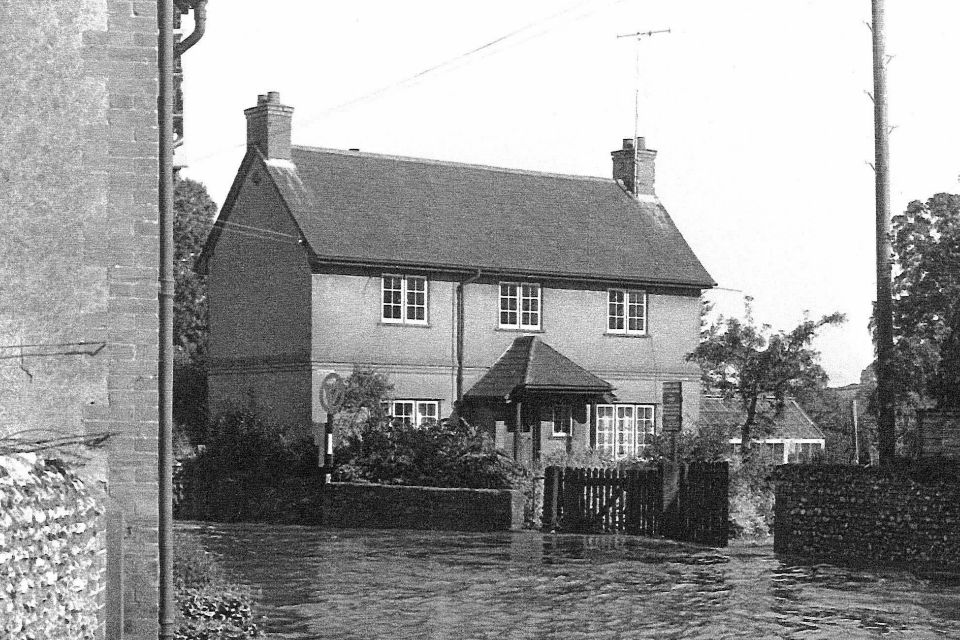Press release: Work on Northumberland flood defence complete
Work on a new £65,000 flood embankment which protects homes in Hexham from flooding is complete.
Storm Desmond saw flooding to 15 properties at Tyne Green, Hexham, on 5 December 2015.
Properties flooded as a result of water from the River Tyne flowing through an underpass beneath the Newcastle-Carlisle railway line near to Tyne Green Golf Course.
The Environment Agency prioritises delivery of new and improved flood defences using government funding over a rolling six year programme, to schemes which provide the greatest benefits to protect properties from flooding.
Due to the small number of properties that would benefit, against the cost of delivering a flood scheme at Tyne Green, the Environment Agency had been unable to deliver new flood defences in the area.
Funded by residents
The new flood bank has been uniquely funded by residents who pooled individual government grants made available to them following flooding over the winter period of 2015/16.
The Environment Agency and Northumberland County Council worked closely with Tyne Green residents, Northumbrian Water and Network Rail to provide a creative solution.
The work started on 11 June and was finished this week. Some fencing still needs to be put in place and this will take place early in July.
The flood embankment, built by Breheny Civil Engineering, has been designed to protect against a flood event similar to that experienced by Tyne Green residents during Storm Desmond. Chris Hood, Project Manager for the Environment Agency, said:
I’m delighted we’ve been able to complete this flood defence which is great news for the residents of Tyne Green.
They have been on a long and difficult journey and ultimately used their initiative and all worked together to pool their grants which has allowed us to build this new flood defence.
I’d like to thank them for their support and continued patience while we have worked together with Network Rail and others to find the best and most cost-effective solution at Tyne Green.
We hope this protection afforded by the new defence will now provide local residents with peace of mind when bad weather threatens in the future.
Agencies working together
Northumberland County Councillor Glen Sanderson, Cabinet member for Environment and Local Services, said:
This is another fine example of agencies working with local communities to find innovative solutions to improve their areas and prevent flooding events damaging their homes in the future.
County Councillor for Hexham Central with Acomb Trevor Cessford added:
This is great news for local residents and should hopefully provide peace of mind and security for the future.
I would also like to say a huge thanks to all the residents for their patience and understanding in this drawn out matter and for the selfless financial contributions they themselves have made towards the project.”
The Environment Agency is urging people to ‘Prepare, Act, Survive’ by visiting the Floods Destroy website and do three things to prepare for flooding.
- check your postcode and find out if you are at risk of flooding
- sign-up for free flood warnings if you are at risk
- view and save the 3-point flood plan so you know how to ‘Prepare, Act, Survive’ in a flood

